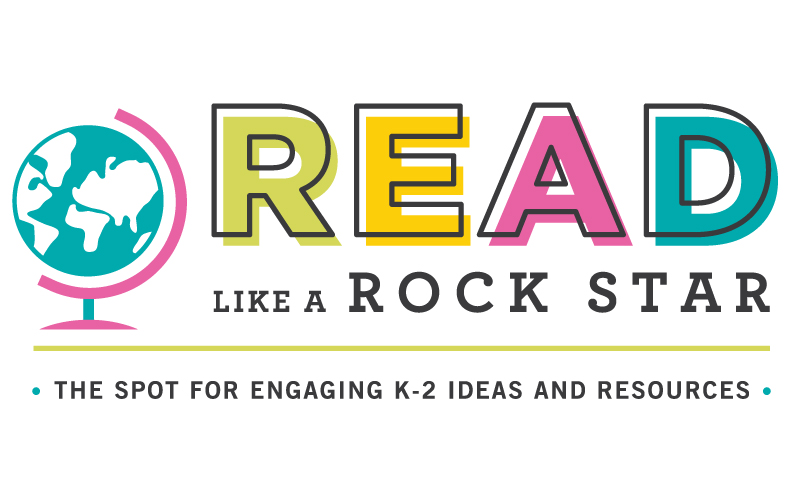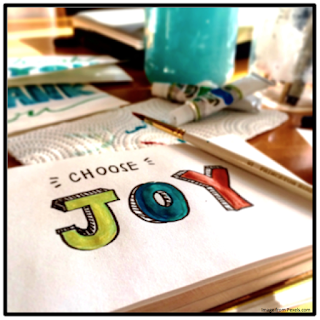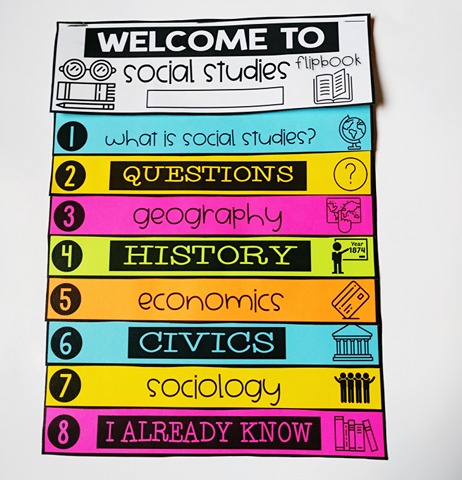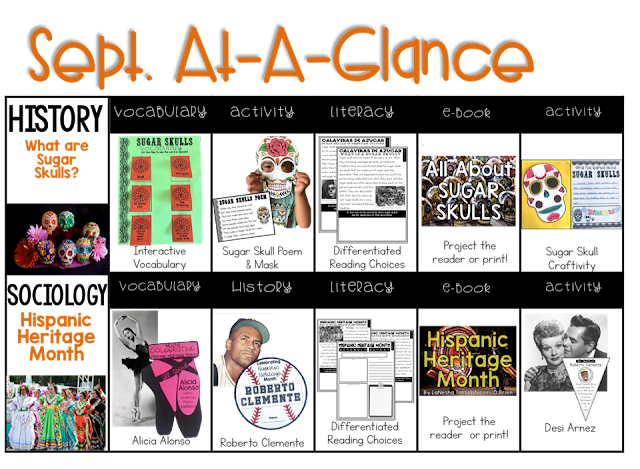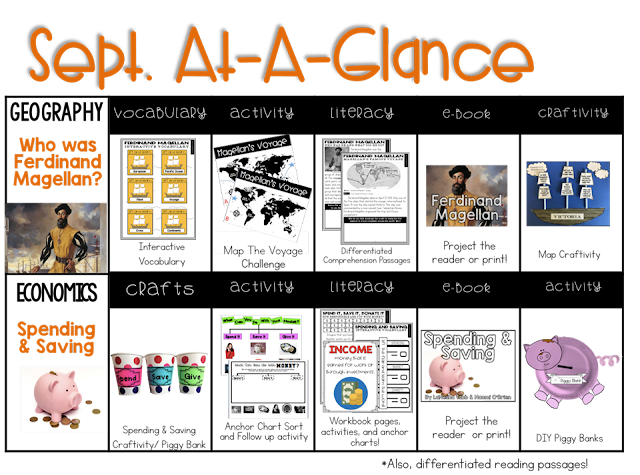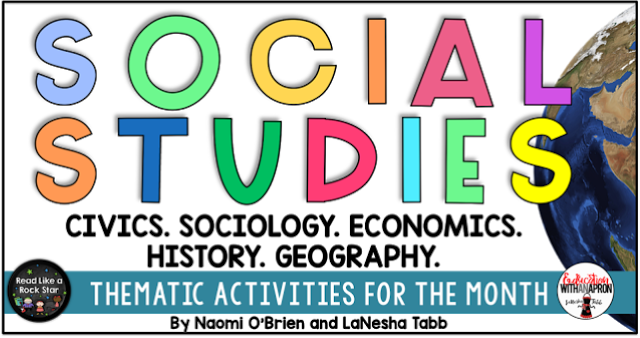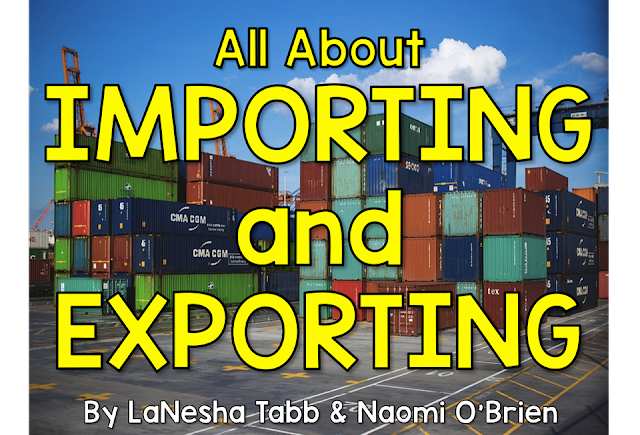Teaching controversial issues can be a great challenge for teachers. Some teachers worry they do not have the right tools or background knowledge to adequately approach the topics, while others may fear repercussions for addressing these issues in such an unsettled climate. However, teaching about controversies, especially current events like those that took place in Charlottesville and St. Louis, are even more important for students in today's classrooms.
As we continue to grow as a diverse nation (and world), we must work to make sure all students find their place. This includes reaching those marginalized students and giving them the support they need to find classroom success and to also feel loved and accepted in this world. More importantly, as a nation, it is only through education that we can make ourselves better. Facing our shortcomings and finding solutions to breach our gaps is the key to guiding the next generations in the direction toward positive change.
To help you get started, Naomi O'Brien of Read Like a Rock Star and Michele Luck of Michele Luck's Social Studies have shared tips and ideas for breaking the barriers in your classroom to address the topics you know you need to address.
Tips and Ideas for the Elementary Classroom by Naomi O'Brien
In K-5, especially in the younger of
those grades, the thought of navigating a conversation of this magnitude can
feel uncomfortable, inappropriate, or just plain wrong. I am here to tell you
that these students can handle these conversations if they are handled in the
right way.
As a black woman that didn’t have a
black teacher until middle school, I would have greatly appreciated any one of
my elementary school teachers having conversations about race with our class.
All I ever had each year was a few days in February filled with stories about
Rosa Parks, quotes from Martin Luther King Jr. and empty words about how equal
we all are (when I knew very well that we weren’t).
Make a Safe Space: Create a
safe space for all students to share their ideas, opinions, and feelings about
the heavy topics they will be learning about. Build a strong classroom
community that can work through tough topics together. Encourage risk-taking
and divergent thinking in your classroom. Teach your students that unique
responses are okay! If you have students of color in your classroom, chances
are they have already had some negative experiences in life as a result of the
color of their skin (or someone they care about has). If you don’t have
students of color, chances are they are oblivious to the plight that students
their age have to go through because of their skin color. They have the
privilege of not having to know. No matter who is sitting in front of you,
these lesson are necessary, these lessons are needed, and these lessons can
help shape a generation of compassionate, empathetic, and informed students as
early as kindergarten.
Analyze Images: Find (age
appropriate) photos to project, or print, and display for your class to see.
Give them some background knowledge about the image you show them. Make sure to
include facts only. It is not your job to tell them that something they are
seeing is right or wrong, you are simply presenting the information to them. Specifically
regarding Charlottesville, a “safe” image to use with your students could be
any of the photos depicting the white supremacists holding torches. Ask your
students the following questions:
What do you see?
How do you think they feel?
Depending on the grade level you
teach, give your students some background knowledge about why these men got
together for a rally.
How does that make you feel? Why?
If you could talk to these men what
would you say?
What might be a solution to this
issue?
This is a great time to address
early on in the year that people of color in America have never been treated as
equal. There is still a lot of work for all of us to do. It is not enough to
tell your students to be nice. We need to teach them to be anti-racist. We need
to teach them how to spot racism, how to think critically about it, and what to
do when they see it happening.
Checking In: Check in with
how your students are feeling throughout your lesson. In the lower grades,
allow students to draw a picture, circle a face, or draw a face that depicts
how they are feeling before, during, and after a tough lesson. Older students
can jot their feeling down anonymously on a Post-It note. You can group student
responses by feelings so that students can see that others may or may not feel
the same way as them. This can lead to more discussion about why some students
feel a certain way.
Tips and Ideas for the Middle and High School Classroom by Michele Luck
In the secondary classroom, most students are ready and willing to share their thoughts on current events, especially with which they feel a direct connection. The real challenge comes in harvesting that willingness in a positive way that will offer all students a safe and secure place to share their thoughts and even their concerns.
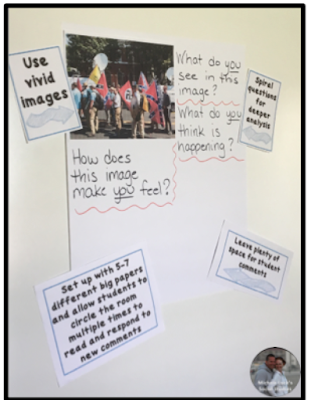 |
| Rally image by Anthony Crider, available by CC on Wikipedia Commons. |
One of my favorite strategies for teaching controversial issues is the Big Paper Activity. In this lesson, students silently navigate the classroom to respond to questions or prompts written at the top of presentation paper sheets. This creates a safe setting where students can share their thoughts without feeling the pressure that could arise in a discussion or debate scenario. Add images, quotes, or news excerpts for added content to which students can respond.
Analyzing Images is another incredible tool to use in the middle or high school classroom. Utilizing spiral questioning techniques, teachers can guide students through seeing the images and reading meaning from what they see in the images. Round out image analysis lessons with current events articles, primary sources on the topics, and whole class comparison activities where students can examine and evaluate the conflict in a more analytical format.
Teaching students how to properly express their thoughts is another great tool to be taught and reinforced at the secondary level. Give students a Genius Hour each week and allow them time to research a current event or topic of interest that they can then present to the class in any form or manner. Encourage students to tap into their creative sides to present their topics through song, dance, theatrical performance, the creation of a video, the creation of an artistic piece, or in any way they feel they can adequately show what they've learned and what they care about helping others understand!
Our Call to Action
Whether you teach kindergarten or seniors in high school, teaching controversial issues is vital for helping to empower the next generation. Guide them toward kindness and away from hate, so that they can someday live in a world of acceptance and appreciation for everyone.
